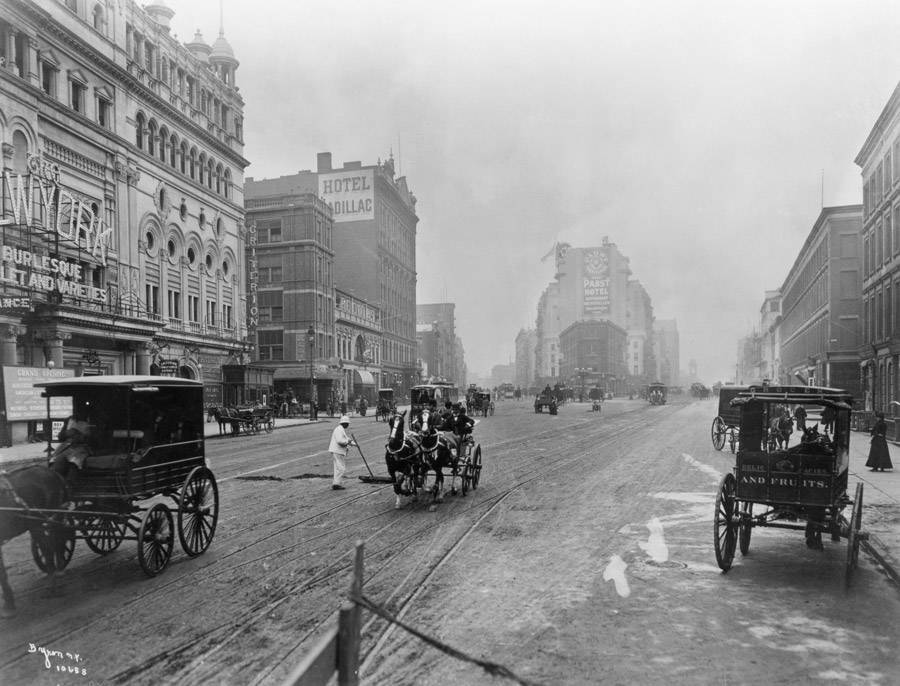The Future of Tech in Mobility
Where Will Flying Cars and Driverless Tech Take Transportation
The introduction of gas-powered engines and automobiles changed the world. It was a revolutionary technology. Its development was also driven by the need to solve a problem–the excellent manure crisis of 1894 (yes, this was actually a significant crisis the world was confronting. Cities throughout the world had become impossible to navigate in due to the manure from horses on city streets. The decline and death of significant cities were predicted. Then came the auto, saving cities and transforming the world of transportation.

Half a century later World War II saw many things, including even more advances in automobiles and transportation. Tanks replaced mounted horse cavalry. Jeeps and trucks replaced horses. Many of the world’s roads were no longer able to meet the new world of transportation.
After the War, automobiles became readily accessible. Nearly every family had an automobile. In the United States, President Dwight Eisenhower proposed the Federal Aid Highway Act as local and state roads were no longer adequate for all the cars on the roadways. In European nations, highway construction to replace dirt roads began as automobiles became a part of everyday life. In the United Kingdom, where there were no highways at the start of the 1950s, there were 13 by the end of the decade. In Austria, the leap was from zero highways to 68 in five years.
Consumer Drive
Consumer demand drove new technologies for cars. Air conditioners and heaters became standard features in every car. Cruise control was developed. And the auto industry had to respond to policy issues. Energy shortages in the late 1970s and 1980s led to the auto industry going from big energy-draining automobiles to smaller, more fuel-efficient vehicles.
So where will the new technological advances and public policy issues take transportation next?
Welcome to 2023
We have already seen some of the changes in direction:

- Electric vehicles have been around for a long while. But with the greater emphasis on phasing out gas-powered vehicles, they have moved to the forefront. There is no doubt they are more eco-friendly than gas-powered vehicles. Affordability is an issue. Although with greater use, we should see prices decline. Another issue is their design. They resemble too much of what is on the highway today. Make the vehicles either larger or smaller. Make their design cutting edge. What about a three-wheeler? We must remember cars do not perform well in terms of space management. This is just as true with eclectic vehicles as gas-powered ones. So competition among buses and my favorite electric vehicle will be intense.
- My preference is the electric bicycle. Impractical, you claim? Hardly. Sleek and agile, it can quickly get you through a congested rush hour while those in cars are caught in the traffic for hours.
- Flying cars are driving technological development These vehicles are ideal for rural areas. Sadly, most urban areas can not accommodate them. Plus, there is the danger of hacking these vehicles and using them as weapons. This drawback will limit use. Where they might come in handy is transporting people to public airports where they can catch public transportation into the cities. The Terrafugia Transition is one such vehicle that could achieve this end. Flying cars are vertical take off and landing (VOTL), meaning we can expect to see more practical VOTLs as flying cars emerge.
- Driverless vehicles are in great demand and are on roadways. They are ideal in rural areas where there is not a significant amount of traffic. In cities, autonomous vehicles run the risk of possible harm. Another cause for reluctance on the part of consumers for driverless vehicles is safety. No matter how great the technology is, it is technology. There are fears of hacks, power shortages, and viruses that could affect driverless vehicles. Ultimately many consumers have a lack of trust in driverless vehicles due to safety.
The changes we are seeing in transportation are being driven by new technologies and new demands, just as the gas-powered engine led to new technologies as it solved the excellent horse manure crisis of 1894.
By Jens Martin Skibsted, Global Partner, VP Foresight & Mobility, and entrepreneur and author. Jens was on the design team of the award winning flying car, and the award winning electric car, while also innovating in bike transportation. Jens is also a Council Member of the World Economic Forum’s Future of Cities and Urbanization team and has designed numerous eco-transportation concepts that have influenced the transportation culture of numerous countries. Furthermore, he is included in the European Centre’s 2014 40under40 list and has been featured in HuffPost and Fast Company.
